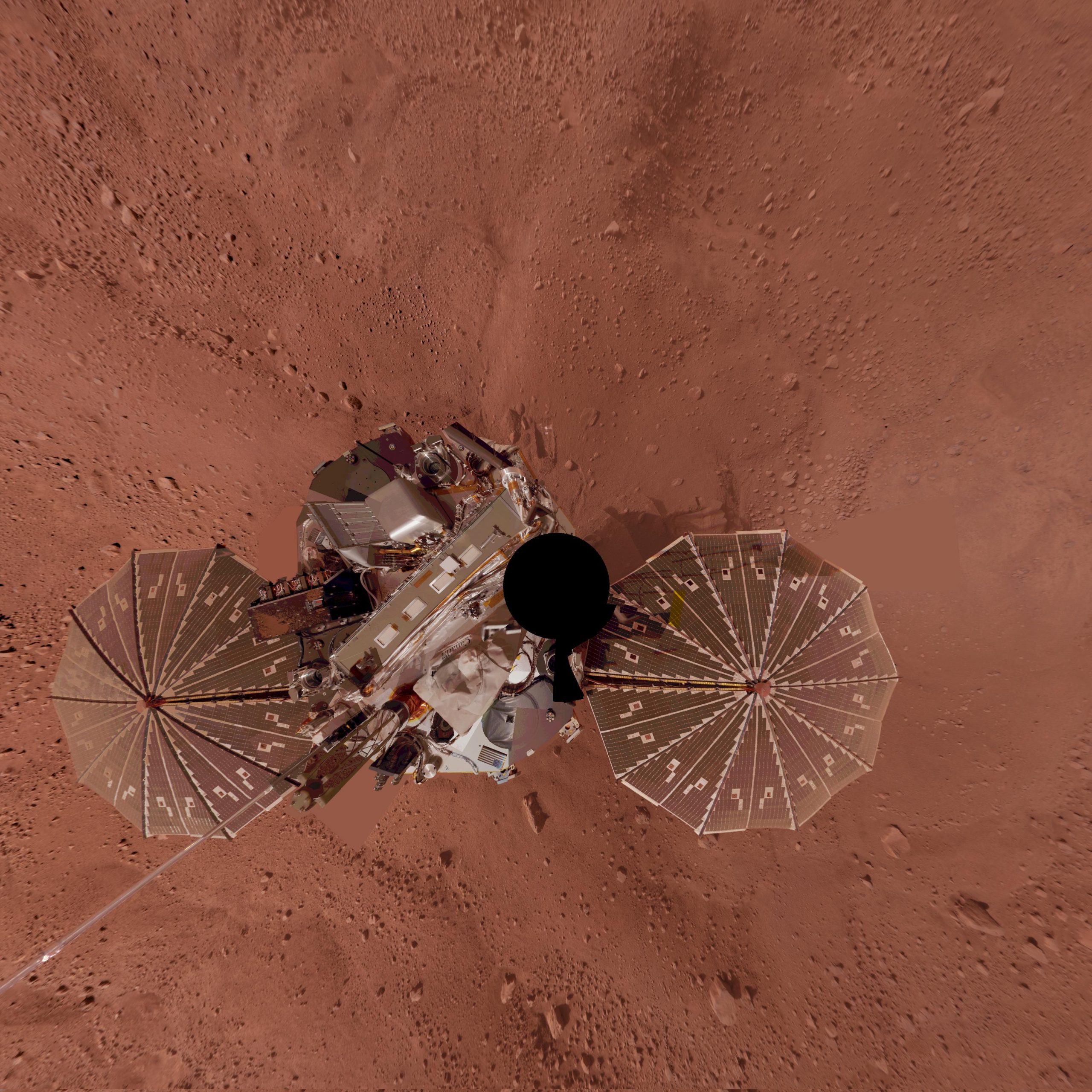A Captivating Snapshot: Phoenix’s Selfie on the Red Planet
In August 2008, NASA’s Mars Phoenix Lander completed its three-month mission studying the Martian arctic. During this time, it gathered images of itself using its Surface Stereo Imager (SSI), creating a mosaic made up of over 100 different SSI pointings. The images were taken through three different filters at each pointing, resulting in a stunning selfie of the lander.
The main objectives of the Phoenix Mars Lander were to study the history of water in the Martian arctic, search for evidence of a habitable zone, and assess the biological potential of the ice-soil boundary. Additionally, the lander aimed to determine whether life ever existed on Mars, understand the climate and geology of the Red Planet, and contribute to future human exploration of its surface.
One significant achievement of the mission was the confirmation of water on Mars. Phoenix sampled Martian dirt for ice, and two months later, scientists confirmed the presence of water. This discovery was groundbreaking and provided important insights into the potential for life on Mars. Furthermore, the study of another soil sample revealed that it contained salts and various chemicals such as perchlorate, sodium, magnesium, chloride, and potassium.
However, the mission faced challenges when the lander entered safe mode on October 28, 2008. Insufficient sunlight and poor weather conditions due to Martian winter resulted in the suspension of non-critical activities. While there was daily communication with the lander from October 30 to November 2, no signals were received after November 2, 2008, marking the end of the mission.
The findings and accomplishments of the Phoenix Mars Lander have significantly contributed to our understanding of Mars and its potential for supporting life. The confirmation of water on Mars and the analysis of soil composition have opened doors for further exploration and research on the Red Planet. As we continue to unravel the mysteries of Mars, the Phoenix Mars Lander remains an important milestone in our scientific journey.






